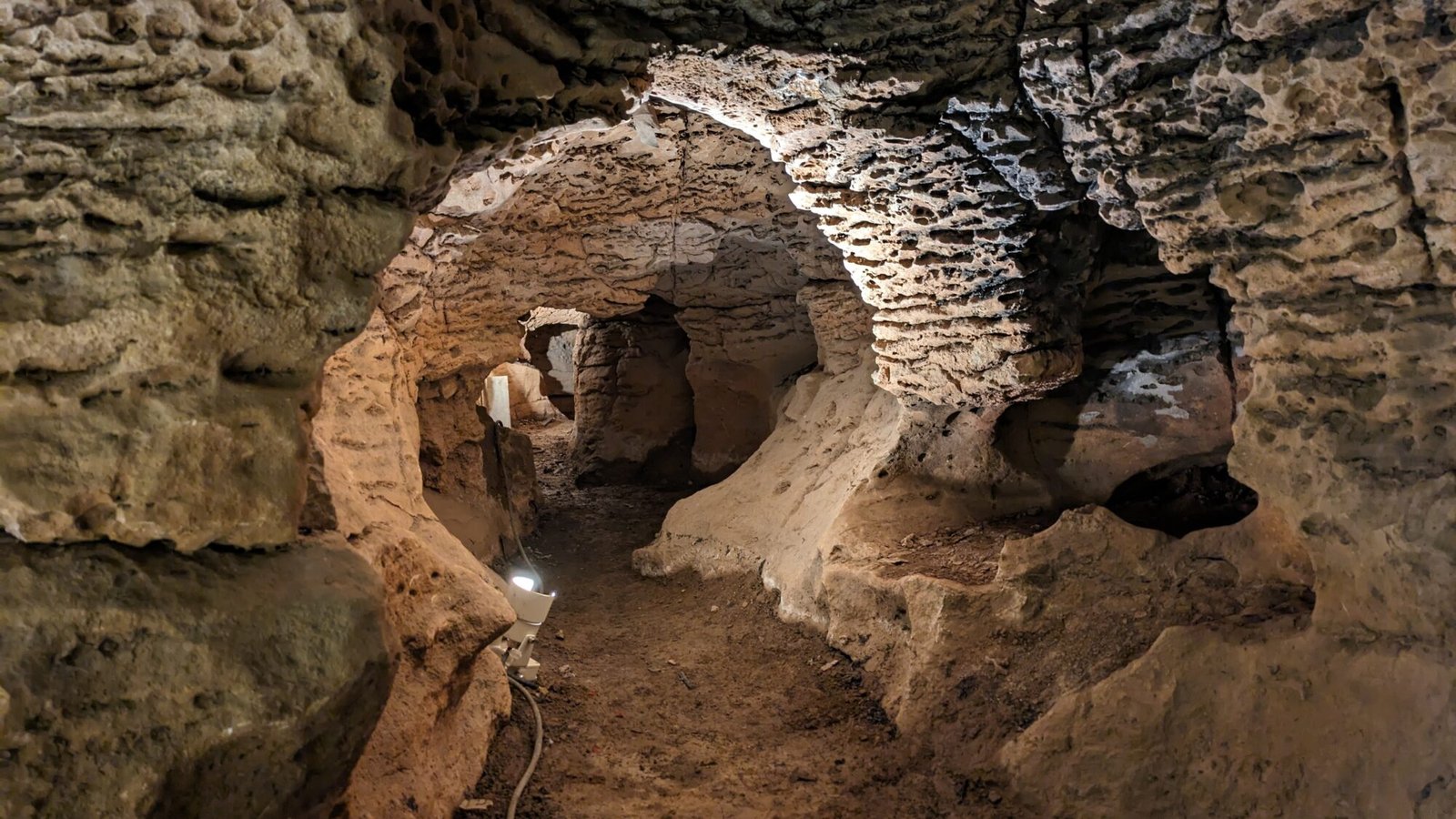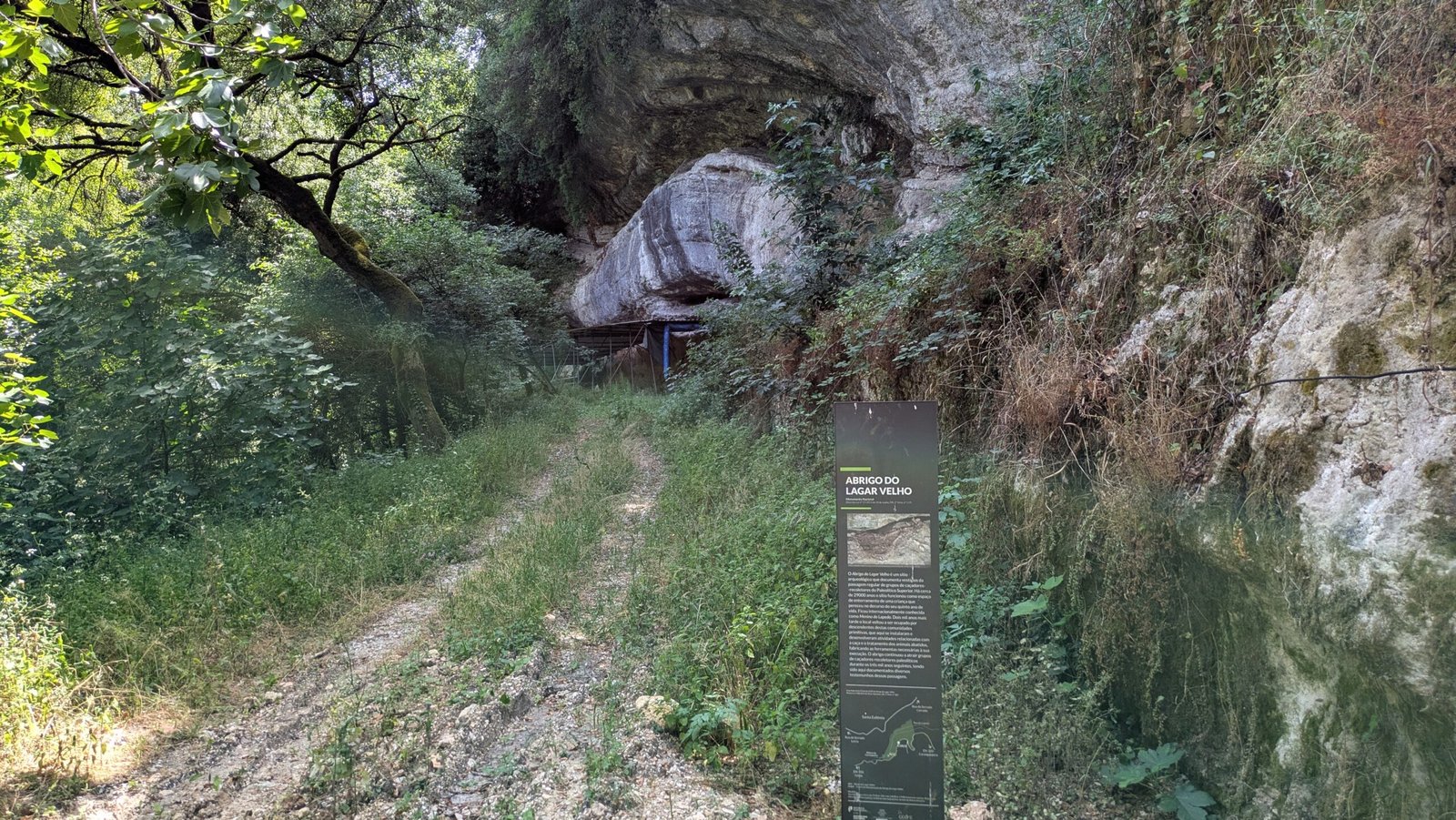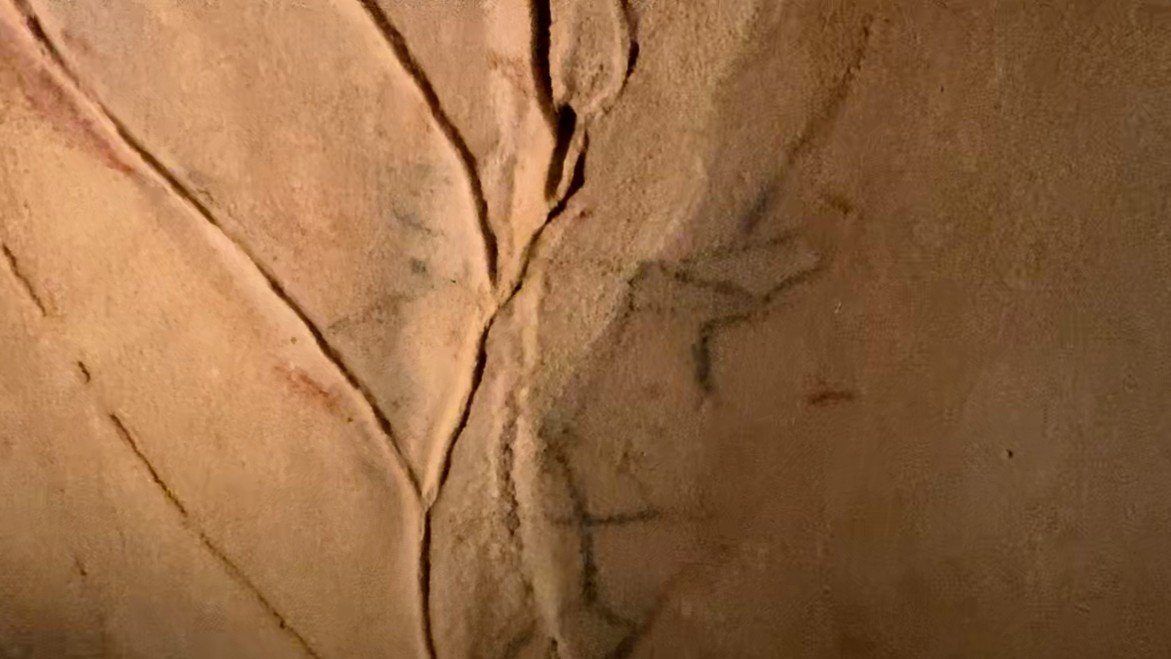There are a number of interesting caves with prehistoric significance. Some are natural caves (in Portuguese, grutas) that contain evidence that humans used them for shelter and/or for entombment. Others are man-made, carved into the stone intentionally to create a space (usually) for internment. (In Portuguese: gruta artificial or plural grutas artificiais) A man-made cave that was used as a temple or tomb is specifically called (from Greek) in English a hypogeum (plural hypogea). (In Portuguese, hipogeu or plural hipogeus)
Note that these sites lack evidence of human habitation. Any artefacts found will be displayed in museums.
Use the map at the right to search for specific sites (highlighted map markers indicate caves that are described on this website), or browse through the entries below. More posts are added as sites are visited!
-
Abrigo de Lagar Velho
Also known as: Vale de Lapedo Walk along the valley floor, enjoying the sunshine and peacefulness of the sparsely populated road. The wind blows through the trees, adding a soft rustling sound to the noise of the stream. On either side of the valley floor, rough stone cliffs reach up above the trees. Peering through…
-
Gruta do Escoural
Walk down the stairs, ducking your head beneath the stone ceiling. Wooden steps lead you down into the Earth. Electric lights have been installed to guide your way, but the silence and the still air remind you that you are in an ancient place. Duck down and follow the laser pointer of your guide. With…
-
Grutas Artificiais da Quinta do Anjo
Also known as: Grutas Artificiais do Casal do Pardo, Covas da Moura At the edge of the town of Quinta do Anjo, a rock outcrop looks out over fields festooned with wildflowers. Walk along the outcrop and look into the holes. They lead into large chambers, caves in the rock. These are not ordinary caves.…



